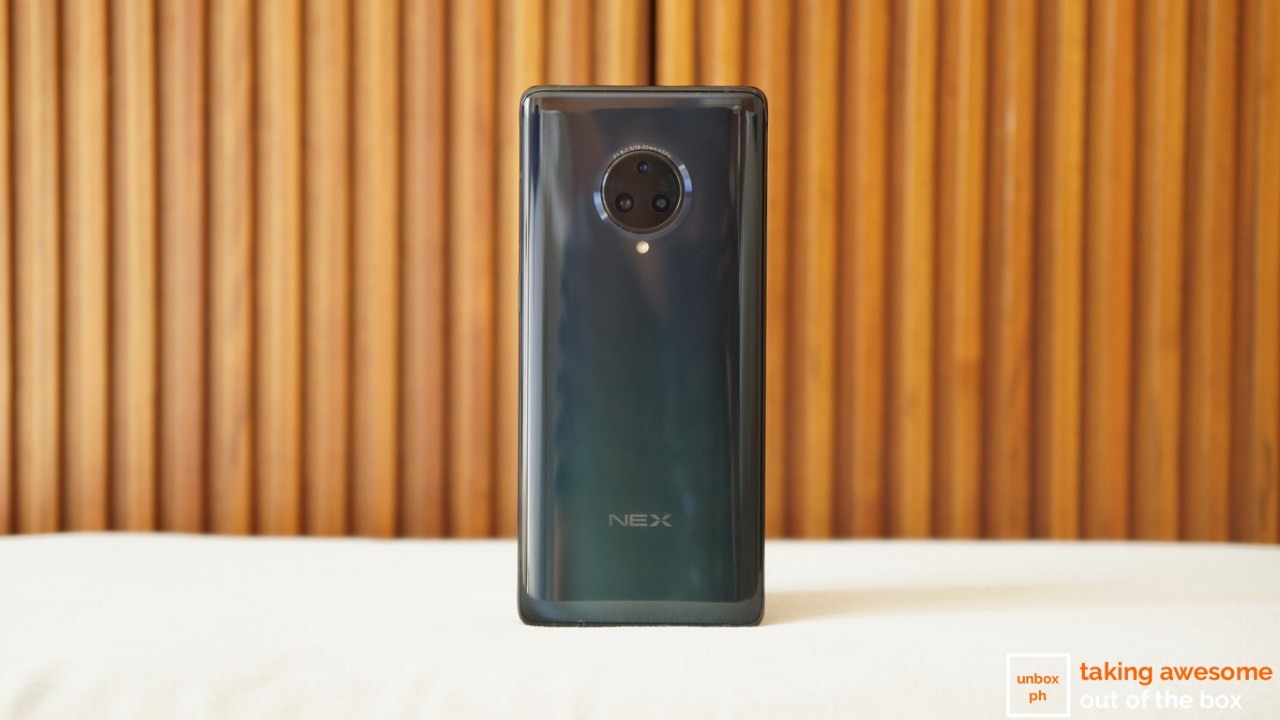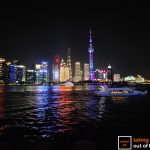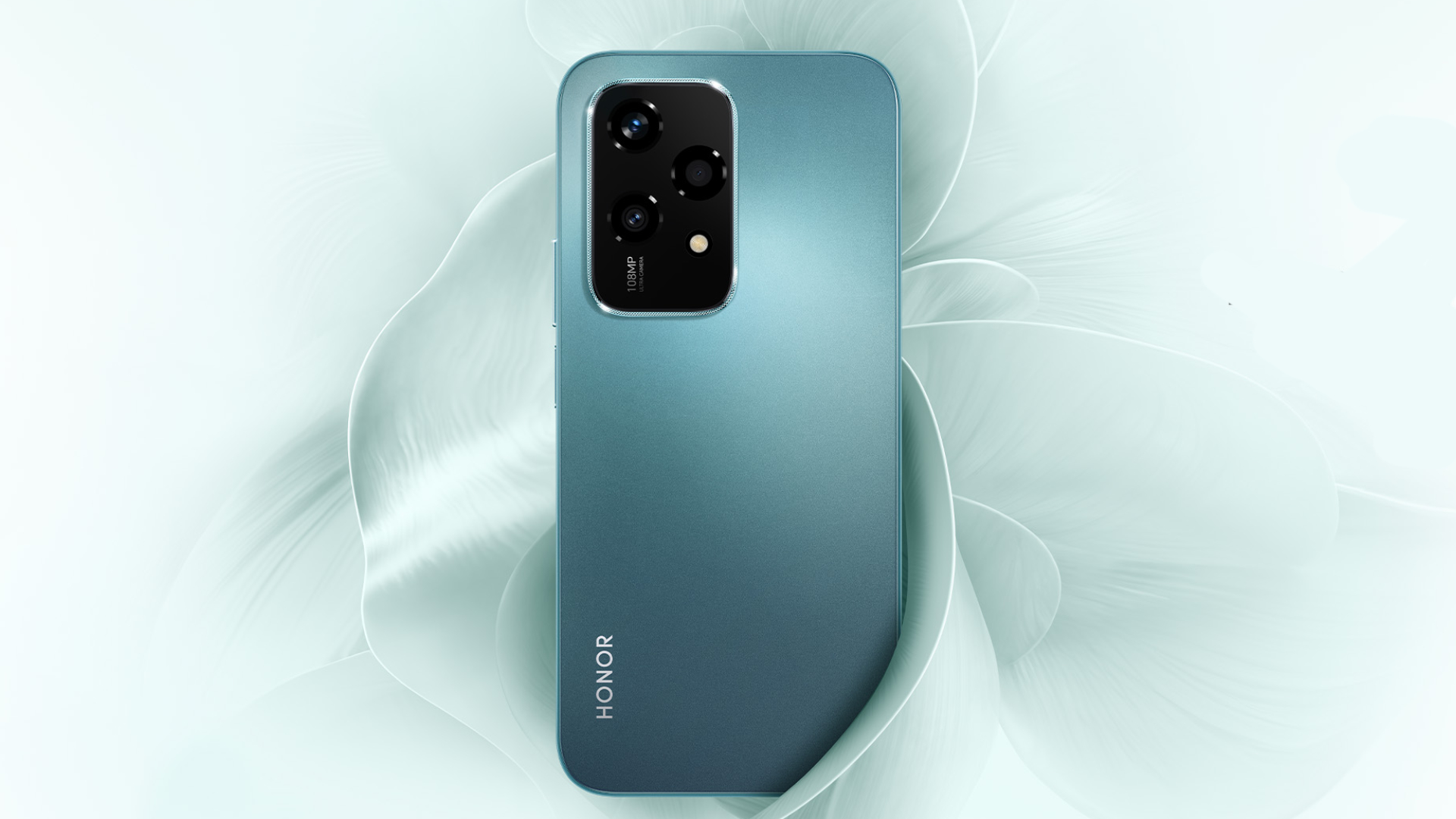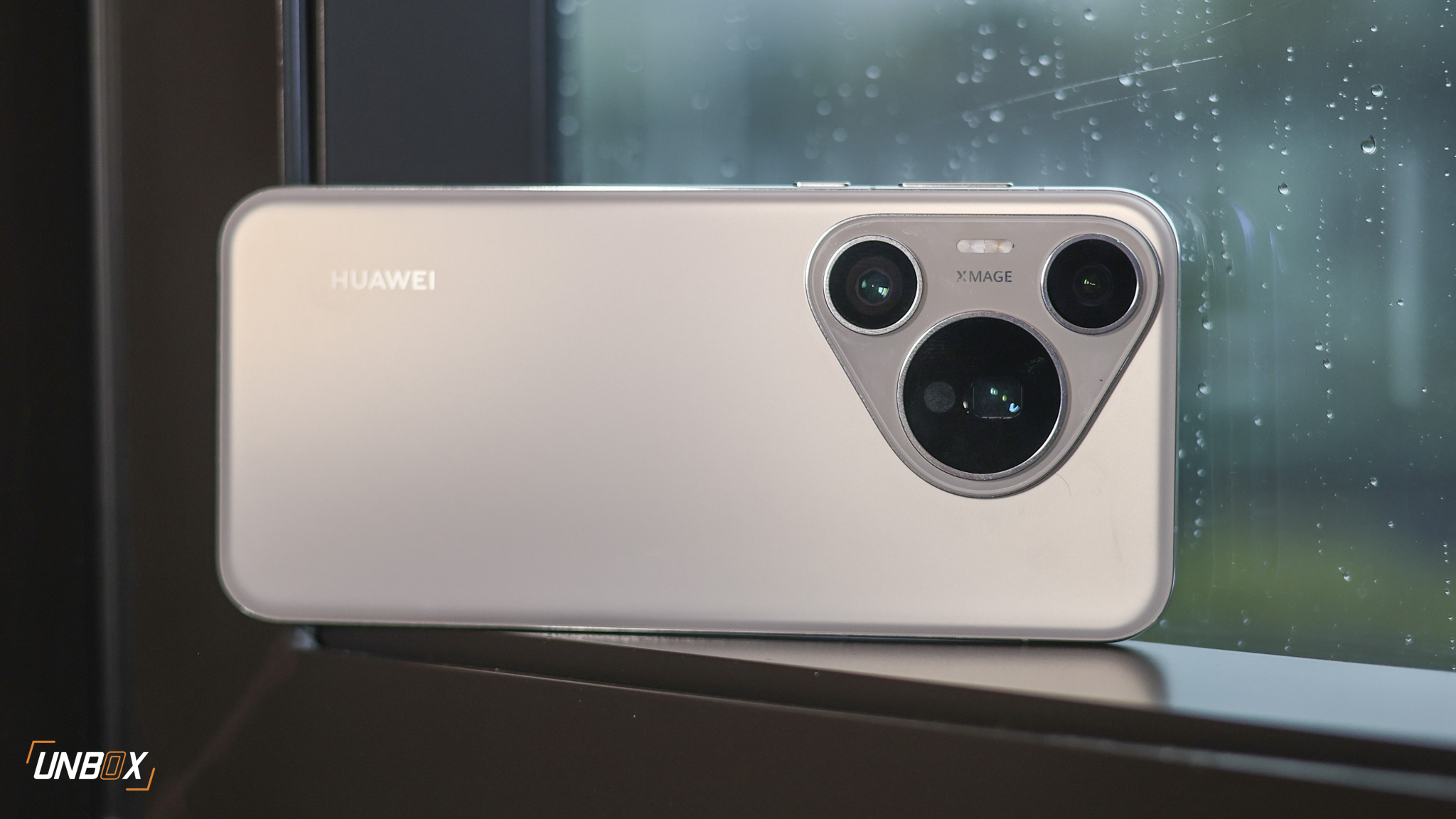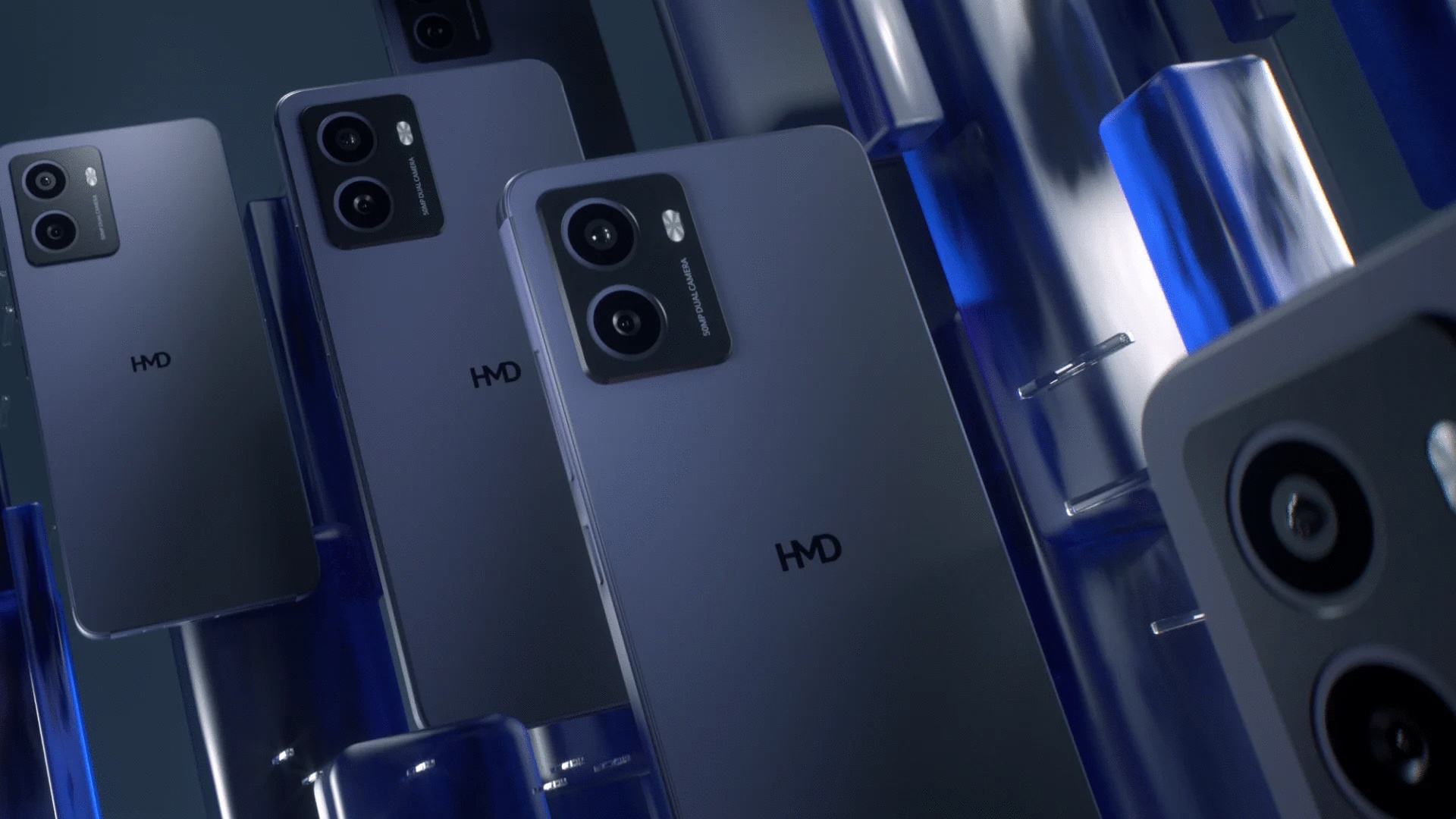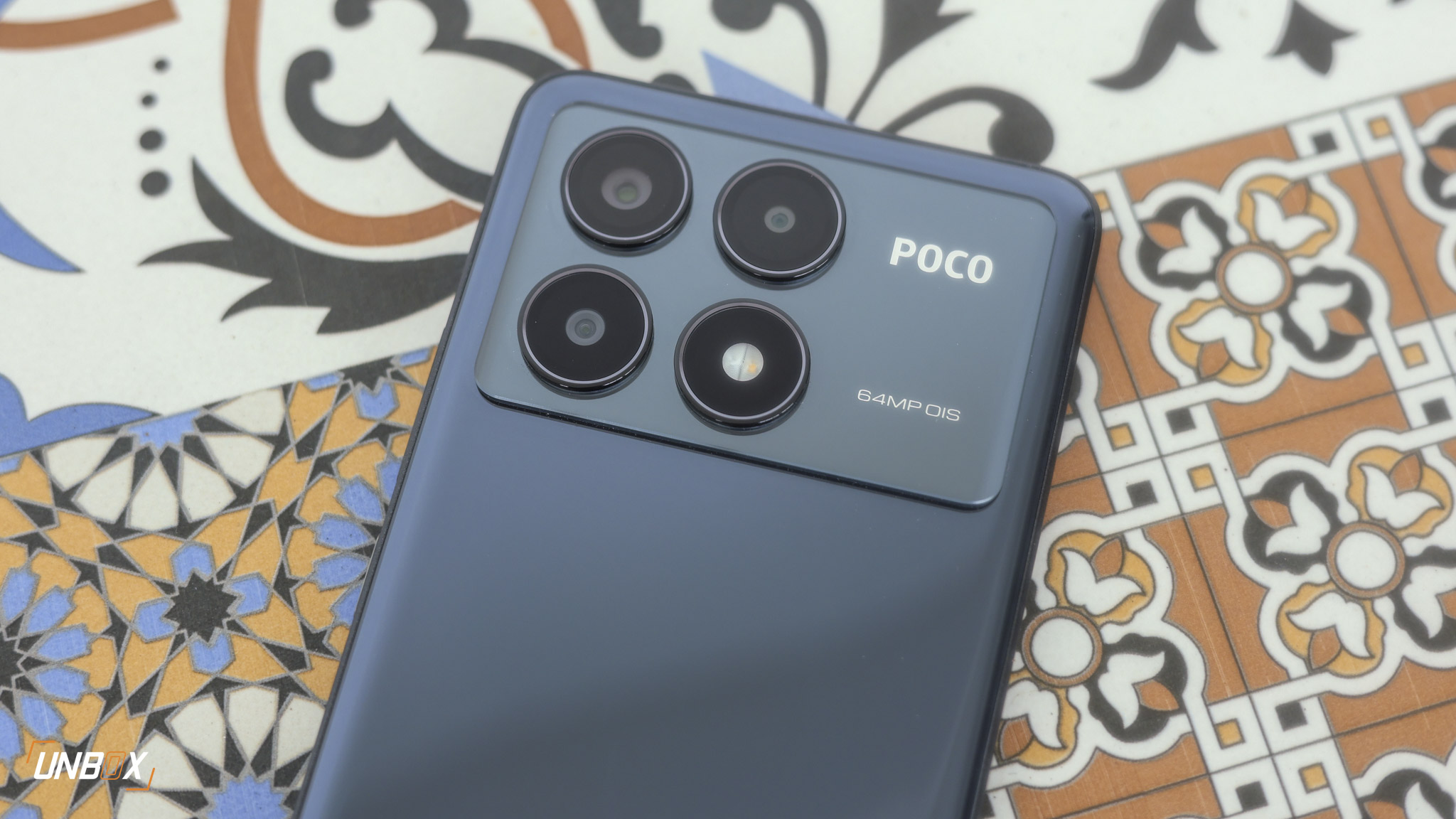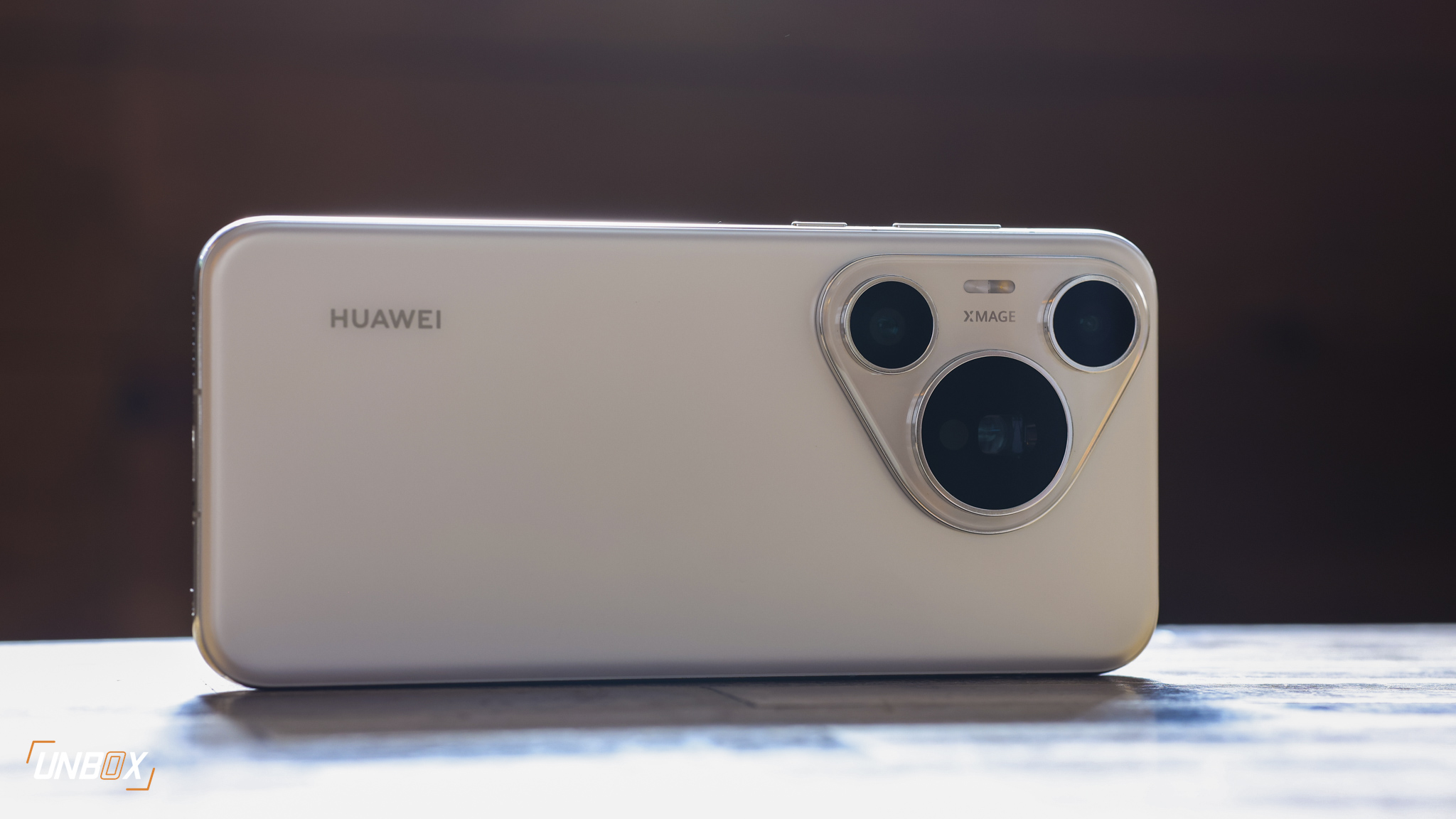Take a look at the images produced by vivo’s newest flagship
We were lucky enough to take a look at vivo’s new flagship, the NEX 3, in person when it launched here in Shanghai, China. We were even luckier to acquire a review unit to play around with during our stay in vivo’s home country.
The NEX 3, if you didn’t know, is one of the few phones in the world that rocks a high-resolution, 64-megapixel camera. Only two other phones as of press time have snappers that have a resolution that high: Realme’s new XT and Xiaomi’s Redmi 8 Pro.
So does the higher resolution, 64-megapixel snapper really deliver better photos? Let’s take a look:
A short disclaimer: vivo’s review unit for the NEX 3 still didn’t have final camera software in it, so there’s still a chance that the image quality in the photos that we show you below will change (for the better).
Before we dive into the pictures, let’s talk about the triple camera array first. Dubbed the Lunar Ring Camera System, the triple cameras are made up of a 64-megapixel, 1/1.71-inch Samsung GW1 sensor with an f/1.8 aperture – the same sensor that’s on Xiaomi’s Redmi Note 8 Pro.
Next to that is the ultra-wide camera (f/2.2) and a 2x telephoto camera, both shooting at 13-megapixels.
The main camera has impressive credentials, though like 48-megapixel camera-equipped phones, don’t expect to magically output 64-megapixel photos. Final images are only 16-megapixels thanks to pixel binning, though you have the option of shooting in raw 64-megapixels if you choose to.
vivo also included Hyper-HDR technology, which gives the phone an impressive 12.3eV range as well as a 7.65eV range for the new “Portrait Master” mode. Interestingly enough, vivo doesn’t include OIS tech in the three cameras, which may be problematic when shooting in very low light.
Shots taken in sunlight are very, very good, exhibiting excellent dynamic range even in challenging situations. So far, so good.
Moving on to low-light performance, the vivo NEX 3 performs pretty well in this regard too, judging from the shots we took in the harbor where the event was.
Obviously there’s some aggressive software compensation going on in the photos, but images look good enough to share in social media, even with those faults.
There’s also AI-assisted low-light shooting available in the camera, though it’s not as good as the one offered by Huawei, for example.
The vivo NEX 3 looks promising, and despite not having OIS it still manages to take decent photos in low light. We’re hoping that vivo updates the software of the phone in the next few days.


